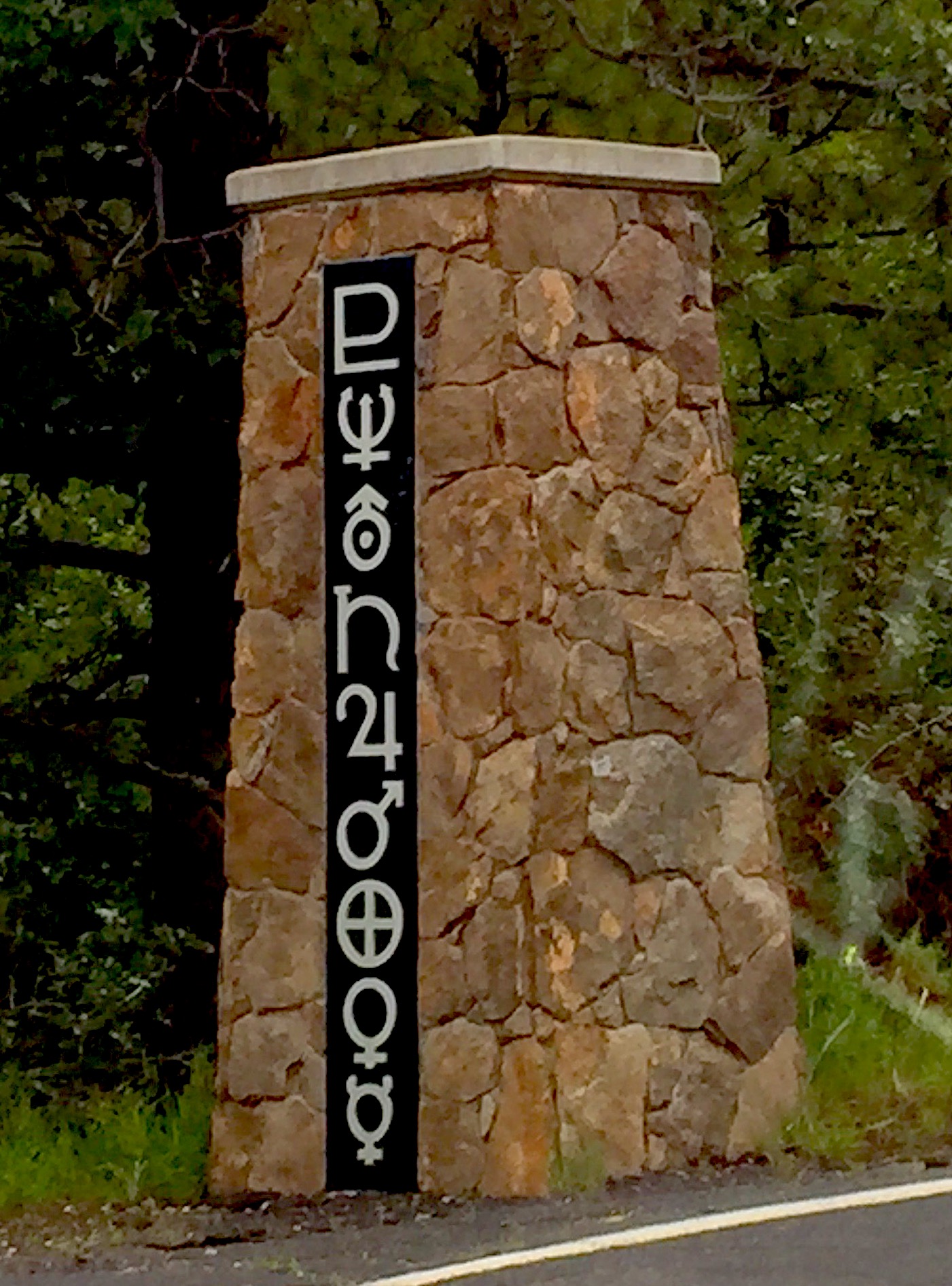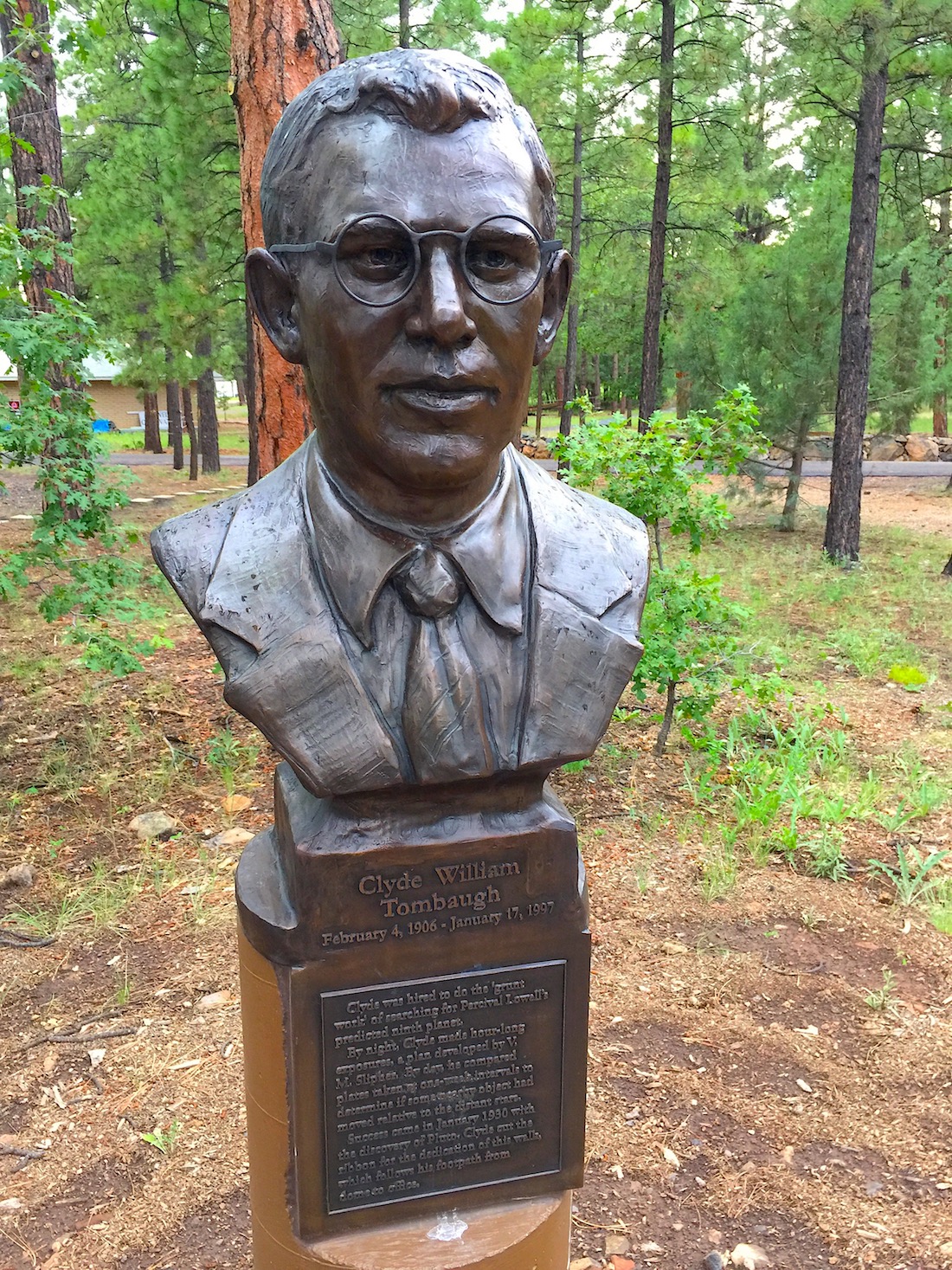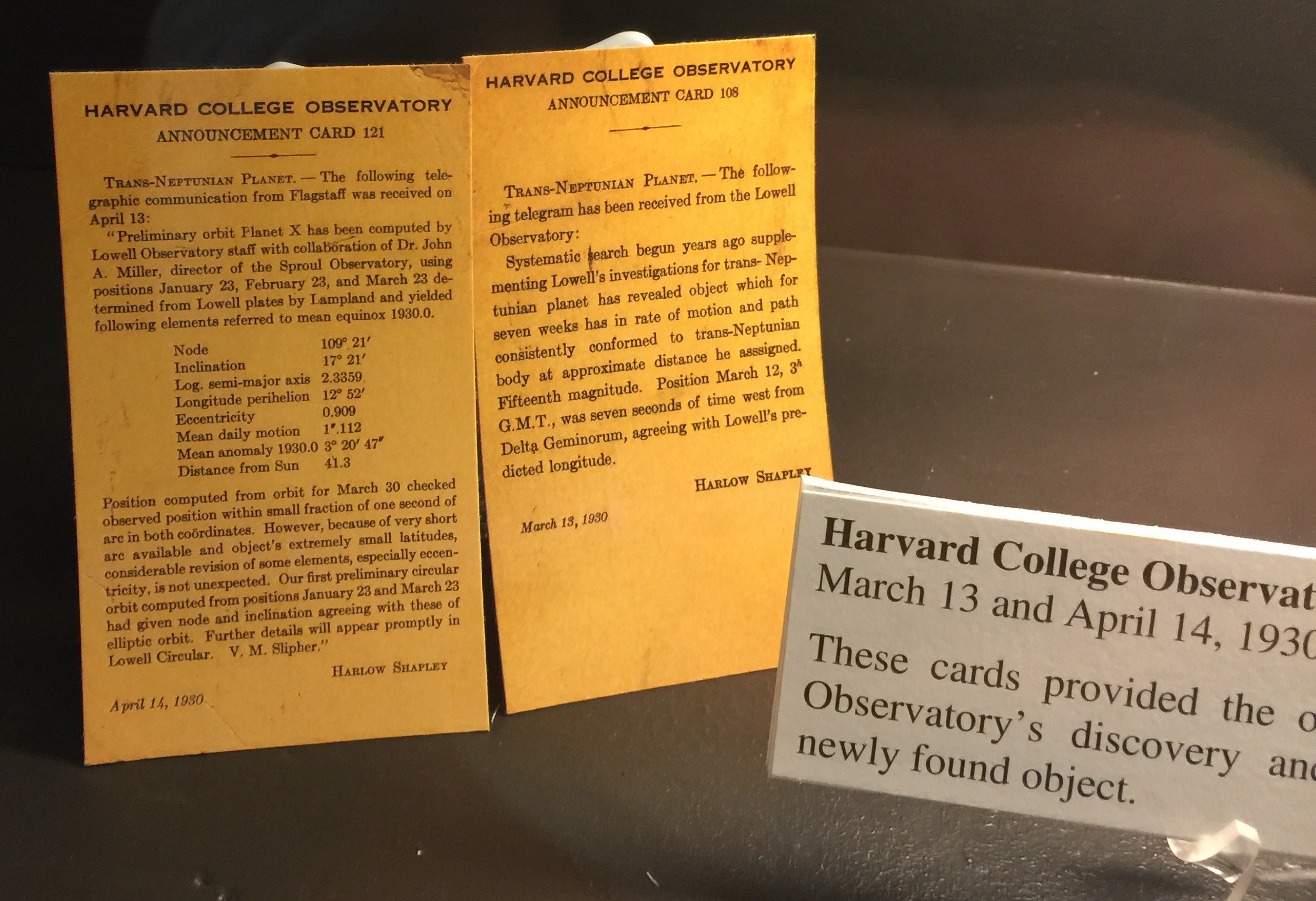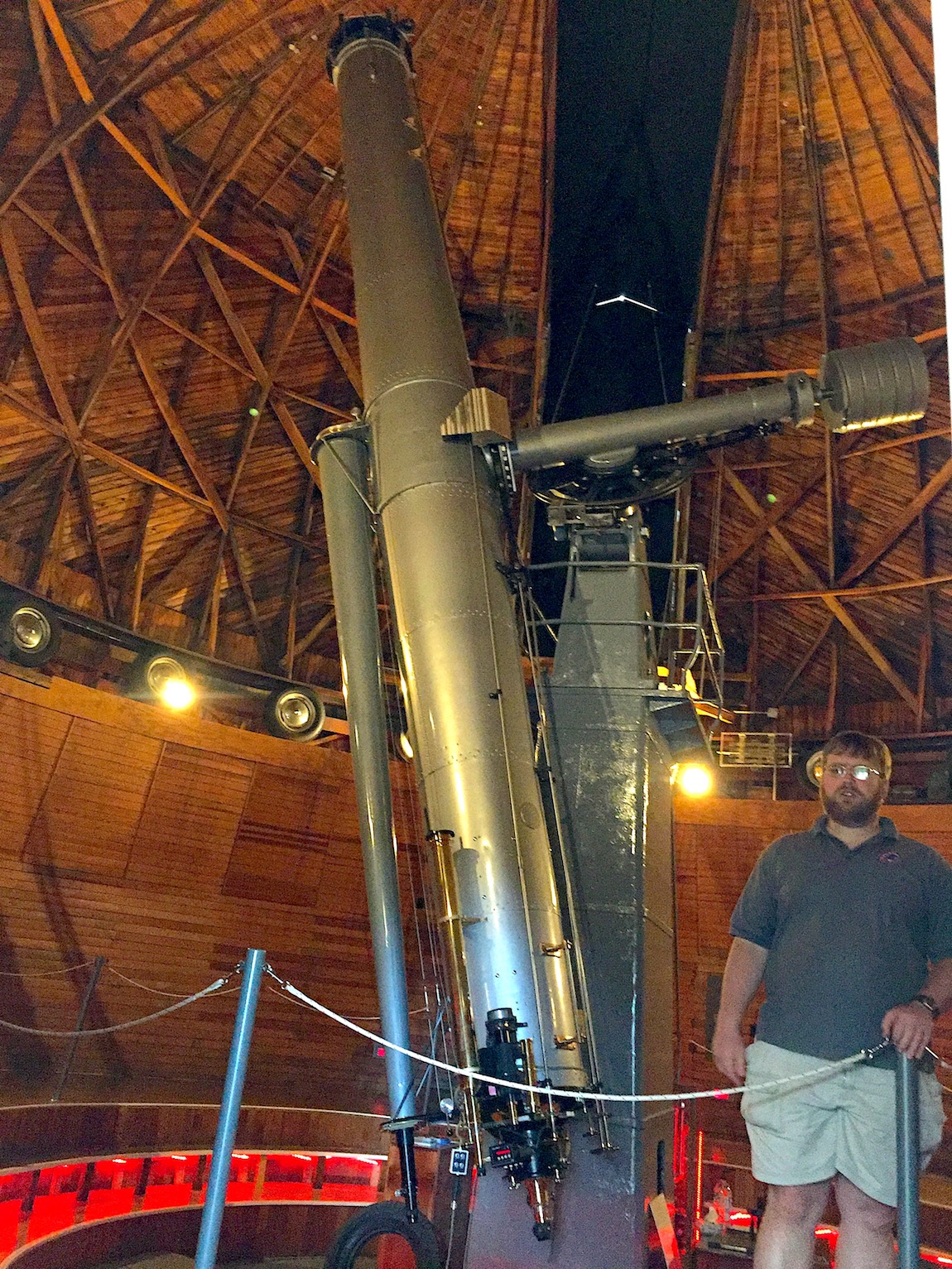During our Great American Tour we visited several places that has something to do with science. One of them was Lowell Observatory in Flagstaff, Arizona, the home of Pluto.

NASA’s New Horizons close-up image of Pluto (NASA New Horizons).


The entrance of the Observatory.
The Pluto story
Percival Lowell founded his Observatory partly to investigate the channels on Mars (which he firmly believed to be existent), and partly to find the mysterious Planet X that was inferred from the motion of the known planets at that time. So they started a large sky survey and photographed the sky to find the new planet. In 1930 Clyde Tombaugh was successful. After visually comparing photographic plates taken from the same patch of the sky, he discovered a slowly moving point, that later proved to be an outer planet.

Demotion
So the Solar System had nine planets for 76 years. But in 2006 in Prague the astronomers at the International Astronomical Union (the highest body of astronomers) voted to demote Pluto. From the ninth planet it suddenly became a dwarf planet. Although it makes sense astronomically (since many plutos orbit the Sun in the outer Solar System), it seems that not everyone is happy with the decision.

Pluto documents
If you are a Pluto fan, this is a heaven for you. The Observatory has many original documents, like the telescope observing logs with the discovery records, the astronomical telegrams announcing the new planet, name suggestions for the new celestial body, and many more. Immerse immerse yourself in the history of science. You can hardly find a better place for it!

The telescopes
Unfortunately the Pluto telescope (or more precisely astrograph, a kind of telescope for photography) and its dome was renovated, so we couldn’t visit it.
However, another interesting instrument was ready to be discovered. This is the 24-inch (that’s the diameter of the lens) Clark refractor, a telescope with a lens, that is. It turned out to be a historic instruments, as well. The first measurements (redshift of extragalaxies for the insiders) that later led to the discovery of the expansion of the Universe were conducted here, for example. Also, the founder was grazing the surface of the Mars to prove his theories about the martian life. These theories were accepted at the time. The colorful descriptions of P. Lowell inspired H. G. Wells for instance. Even more, astronauts were coming to this place for astronomy training, and were observing their future landing sites with this telescope. The telescope and its dome are refurbished, nowadays it is used solely for educational purposes.

The visitor center
The Observatory has 85,000 visitors per year. They offer telescope shows, public talks, ask an astronomer and similar sessions. What we liked most is the excellent interactive educational room. It focusses on asteroids, and keeps small and older children, as well as adults busy for hours. The visit starts with creating an astronaut pass, then the astronaut rookies learn tremendous information about minor planets without noticing it. Then they can go through lots of questions, quizzes in a very playful way. Well done, exemplary educational resource with scientifically accurate information. Highly recommended.

Pro tip
Finally, the secret sign of Pluto: ♇. These are the initials of the founder, Percival Lowell, and also the first to letters of Pluto. Easy, and still powerful.
